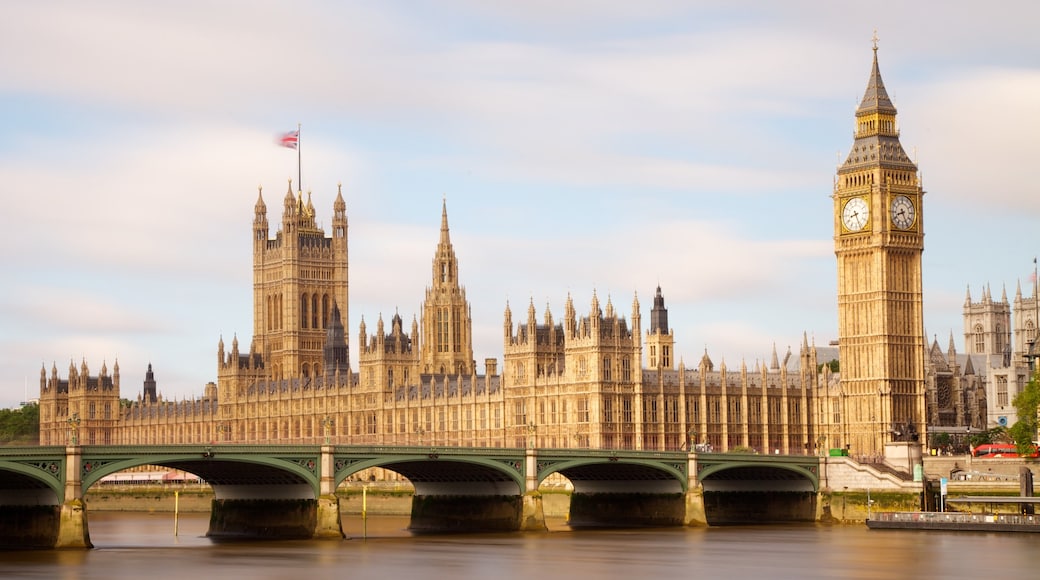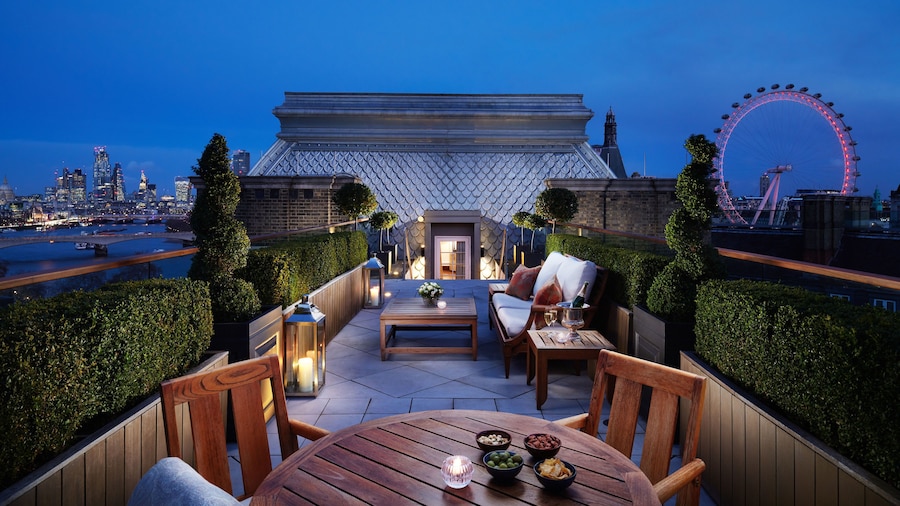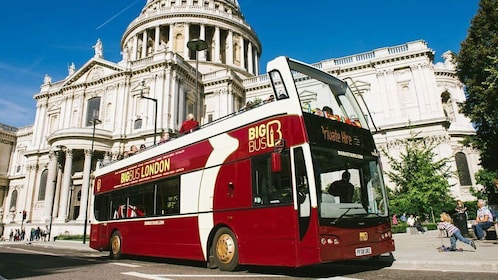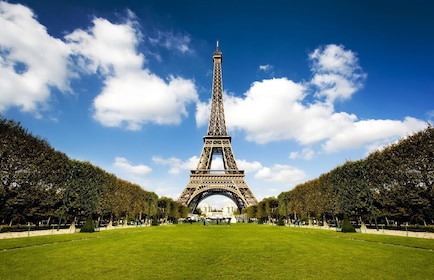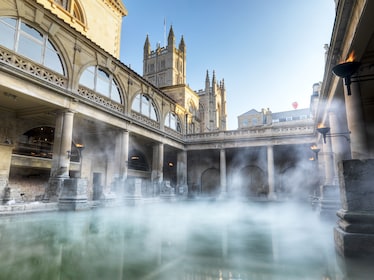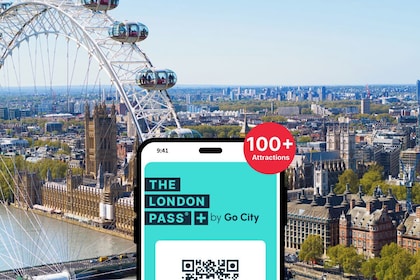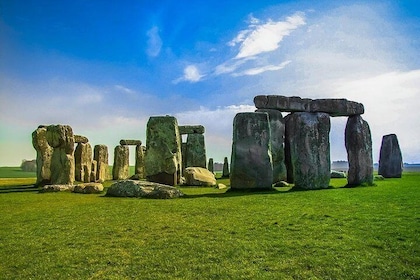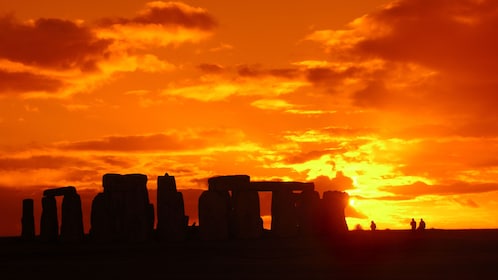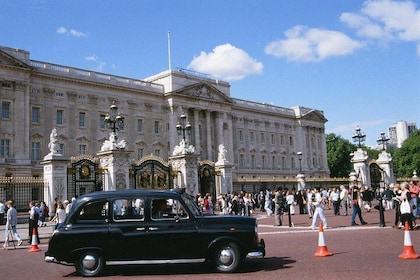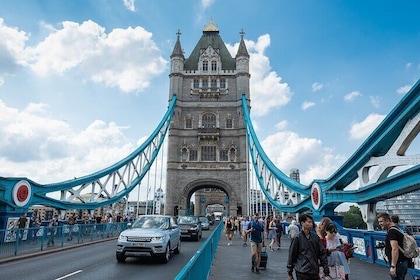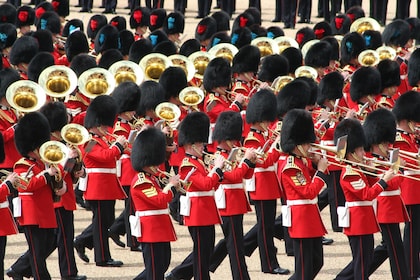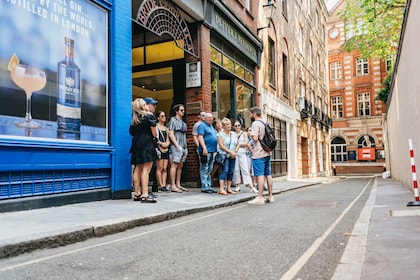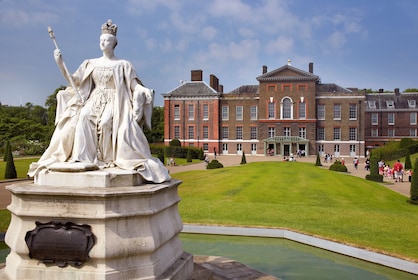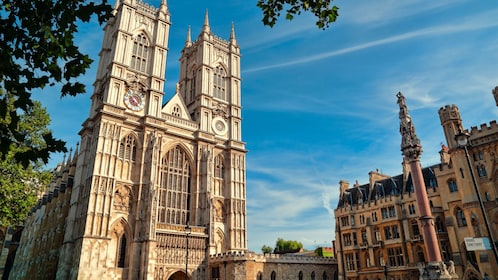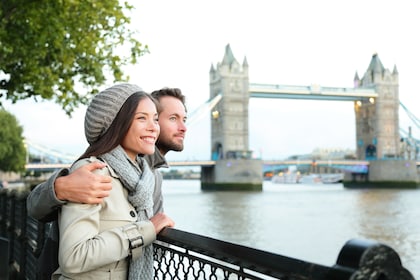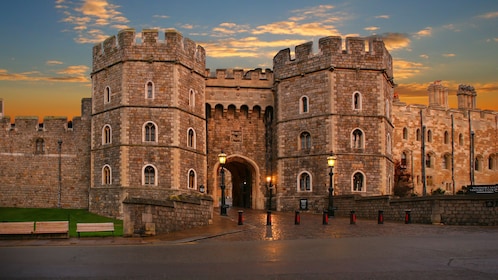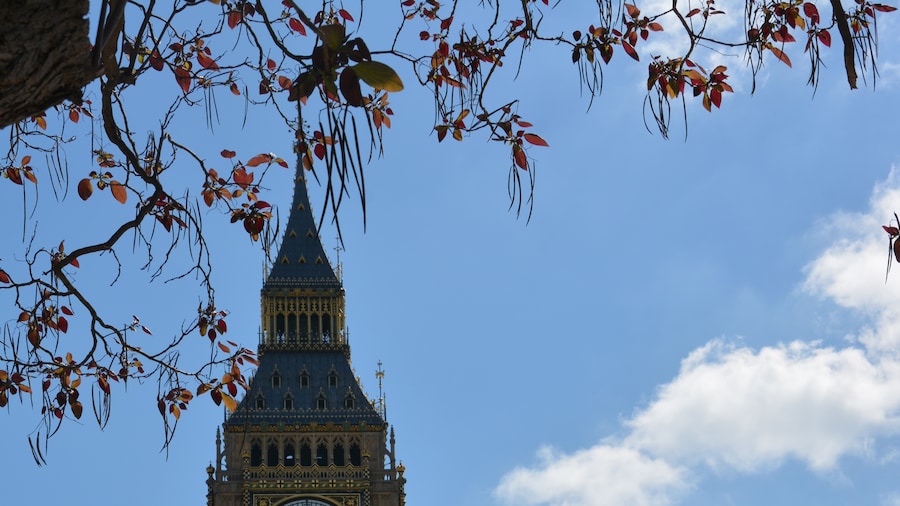Arguably one of London’s most famous monuments, this prominent landmark is a national icon, adored by generations of Britons.
As you approach Westminster, towering Big Ben comes into view, standing majestically on the banks of the River Thames atop the glorious Houses of Parliament. Romanticised throughout the years in various films such as “Bridget Jones’s Diary��”, “Notting Hill” and “Love Actually”, Big Ben is the standing soul of this great city.
The name Big Ben was originally given to the huge bell that resides within the 18th century clock tower. Today, the name has become an affectionate term for the entire building and is synonymous with the name of London. You can’t miss the deep thundering sound of the bell as it strikes the hour, echoing across the city beneath.
Completed in 1858, the clock tower first rang out on London City in 1859 and has since been a symbol of reassurance and certainty for the entire nation. Originally designed by architects Charles Barry and Augustus Pugin, the tower is constructed from limestone and is a prime example of classic Gothic Revivalist design.
Shortly after sunset, the four ivory-tinted faces are illuminated, showing off its prestige and prowess on the London city skyline. The clock is the largest of its kind in Great Britain, each of its four faces are 7 metres in diameter and contains 312 pieces of opal glass. Having only dimmed its lights in times of national crisis, for two years during World War I and at night during World War II, Big Ben is London’s pride and joy, a symbol of resilience and local identity.
Big Ben is only available to visit for British Citizens who have scheduled a tour with their parliamentary representative. Still, the tower makes great sightseeing and the perfect photo opportunity for visitors.
Officially renamed Elizabeth Tower in June 2012, in honour of Queen Elizabeth II’s diamond jubilee, the tower is still referred to colloquially as Big Ben.
Located in central London, Big Ben is easily accessible via subway. The nearest Underground station is Waterloo.
